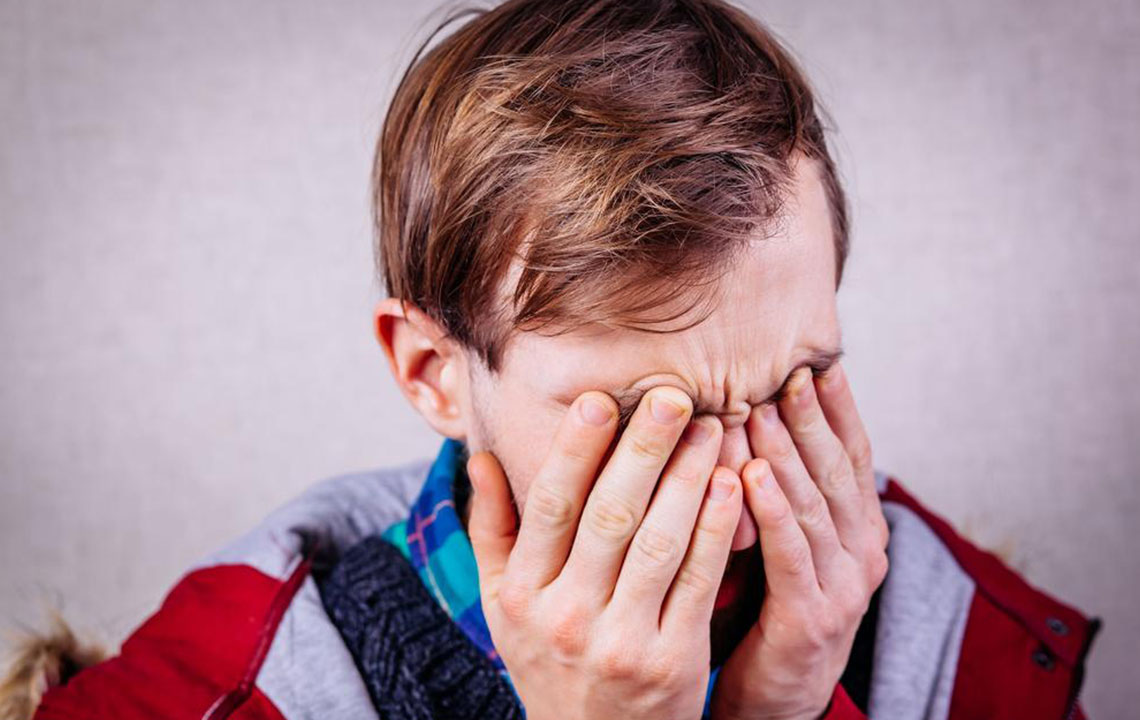Effective Treatment Options for Itchy Eyes

At times, one may suffer from itchy eyes which could even aggravate into red or swollen eyes. You may feel irritation at the eyelashes. Generally, the itchy eyes are caused due to irritants such as allergens. Pollen and dust particles are the common allergens which cause itching in the eyes. They secrete the compounds known as histamines in the eye tissue which cause swelling and redness. Itchy eyes can be caused by contact lens solutions, creams, shampoos, or makeups. Dry eye syndrome and bacteria can also cause itchy eyes. If you suffer from eye allergies, you must get a quick appointment with your eye specialist to get to know effective and timely itchy eyes treatment options.
Some of the popular itchy eyes treatments are as follows:
Over-the-counter eye drops: Many eye drops are available as effective itchy eyes treatment options. They help relieve watery eyes, swelling, and redness in eyes. You can get these non-prescription eye drops from medical stores. You can ask the recommendations from your eye doctor.
Prescription eye medications: If the eye itching problem is severe you must visit the eye doctor. He will diagnose the problem and prescribe suitable medications. The medications can be oral or eye drops. Some of the types of prescription medications for itchy eyes treatment are as follows:
Decongestants: Popular decongestants that are highly popular include pseudoephedrine and phenylephrine. They lessen the white sclera of the eye and reduce inflammation and red eyes.
Antihistamines: Histamine is produced in response to the allergens. Histamine dilates the blood capillaries and often results in watery eyes. The antihistamines counter the production of histamine and reduce the allergic reactions and are also one of the most effective itchy eyes treatment options.
Steroids: The steroids work well to control the problems related to acute eye allergy symptoms. The use of steroids is ideal for short-term. Prolonged use of steroids can cause side effects such as cataracts and high eye pressure.
Mast cell stabilizers: The mast cell stabilizers interfere with the functioning of the mast cells and inhibit the production of histamine and other contributors of the allergic reactions. They take some time to show their effects to control the mast cell stabilizers. It is recommended to take these medications before the allergy begins. Doing so can reduce the intensity of the allergic reactions.
Immunotherapy: Small quantities of allergens are injected into the bodies of the patient. These allergens build up the body immunity against allergens. Make sure you visit the allergy specialists for immunotherapy.
Non-steroidal anti-inflammatory drugs: This includes eye drops which reduce the inflammation, swelling, and redness in the eye. They control other symptoms of allergic conjunctivitis.
Apart from the above medical itchy eyes treatment, there are several home remedies that prove good to treat itchy eyes.
Chamomile: Chamomile has great anti-allergenic properties. It reduces the production of histamine and keeps the eye infection under control. You can use it as an eyewash or cold compress as effective itchy eyes treatment options. Dip the chamomile tea bag in a cup of warm water for few minutes. Remove the tea bag and keep the tea to cool down. You can also use it as an eyewash twice daily. Also, you can refrigerate the tea bags. Put the cold teabags over the eyelids for five minutes. Chamomile gives instant relaxation to the tired eyes and leaves them fresh.
Cucumber: The antioxidant and anti-irritation properties of cucumber make it a great itchy eyes treatment option. It reduces the stinging and inflammation of the eyes. Take a fresh cucumber and store it in a refrigerator. Chop it into thin slices and placed the cold cucumber slices over the eyelids. Continue with this twice or thrice for optimum results. Cucumber is a good solution to reduce the dark circles around the eyes.
Cold milk: Soak cotton balls in refrigerated milk and put them on the closed eyeballs. Repeat it twice a day to soothe the burning sensation in the eyes. Cold milk gives wonderful results to reduce the itchiness and pain in the eyes.
Rosewater: Rosewater is known for its soothing properties. Simply wash your eyes with rose water 4–5 times a day. You can even rose water drops in your eyes to get relaxation for the tired and strained eyes. Alternatively, you can soak cotton balls in the rose water and put them over your closed eyelids for 15 minutes. You will feel relaxed and the itchy eyes will disappear. Eye puffiness and dark circles can also be quickly treated with rose water.
Green tea: Green tea kills the bacteria in the eye and prevents the occurrence of the eye infection. Dip green tea bags in a cup of hot water for five minutes. Let it steep and then remove the tea bags. Rinse your eyes with the tea twice a day for better results.
You can try the above-mentioned itchy eyes treatment options to get effective relief from eye itching. The home remedies work effectively to cure the eye problems in the initial stage. If the problem is severe, ensure to visit the eye doctor.


